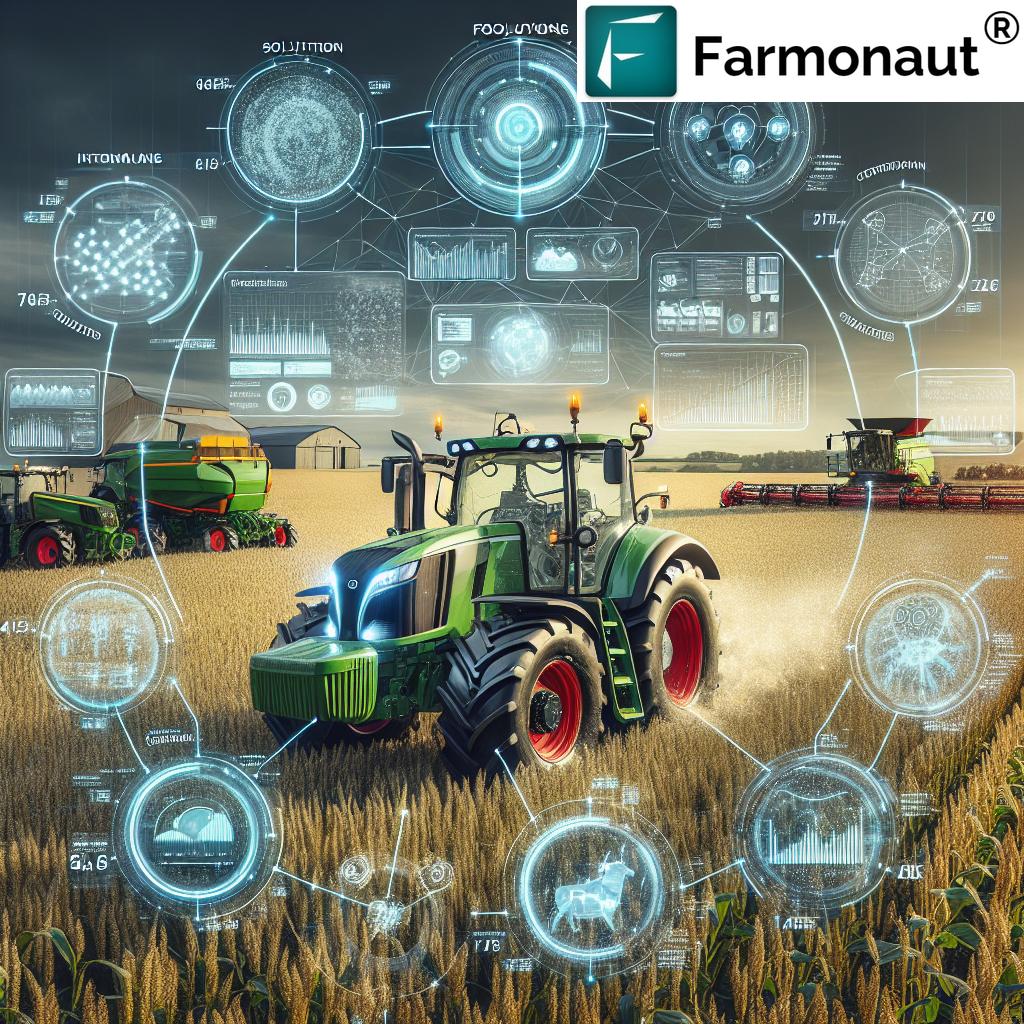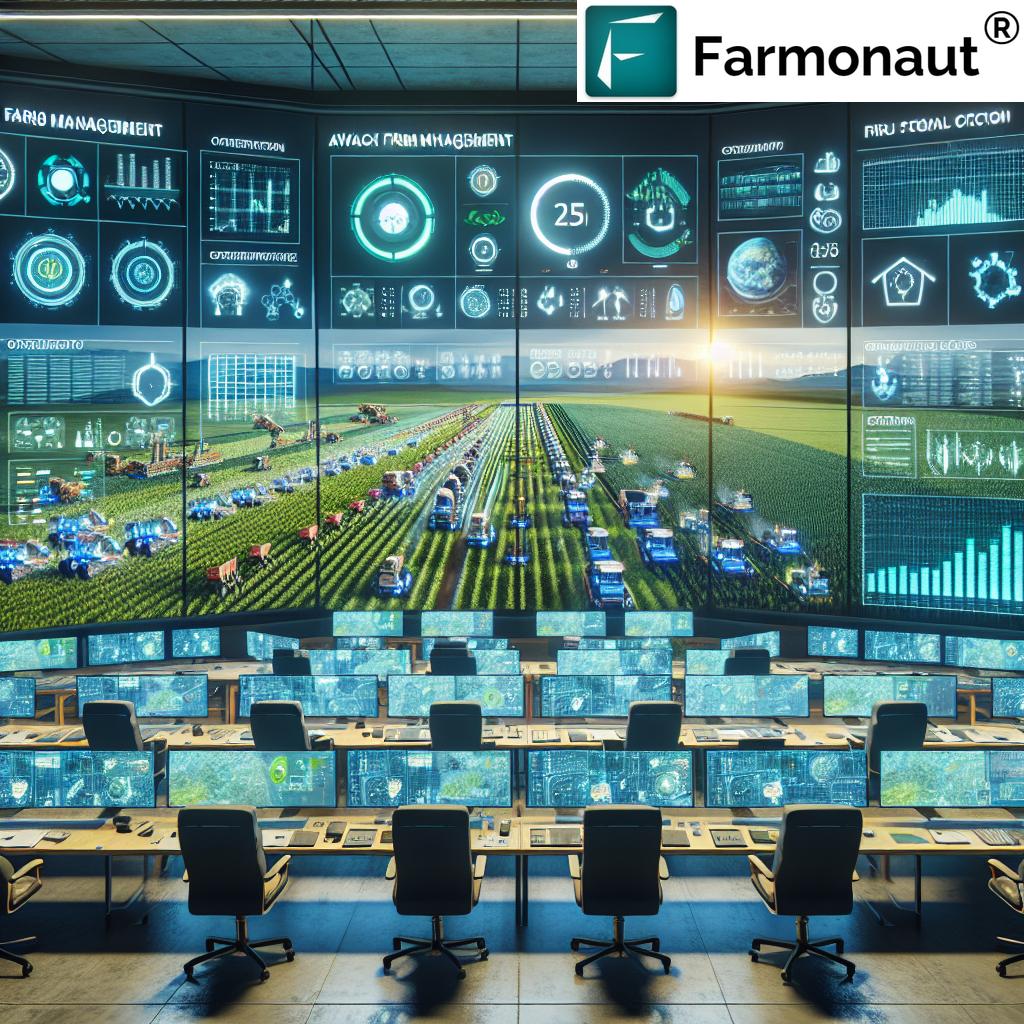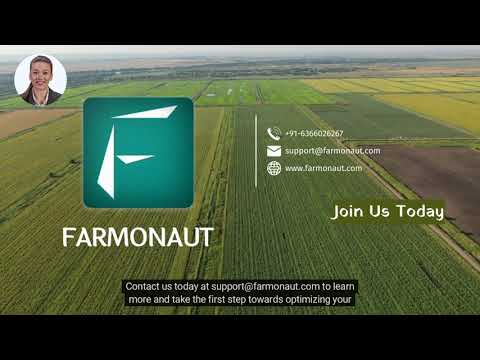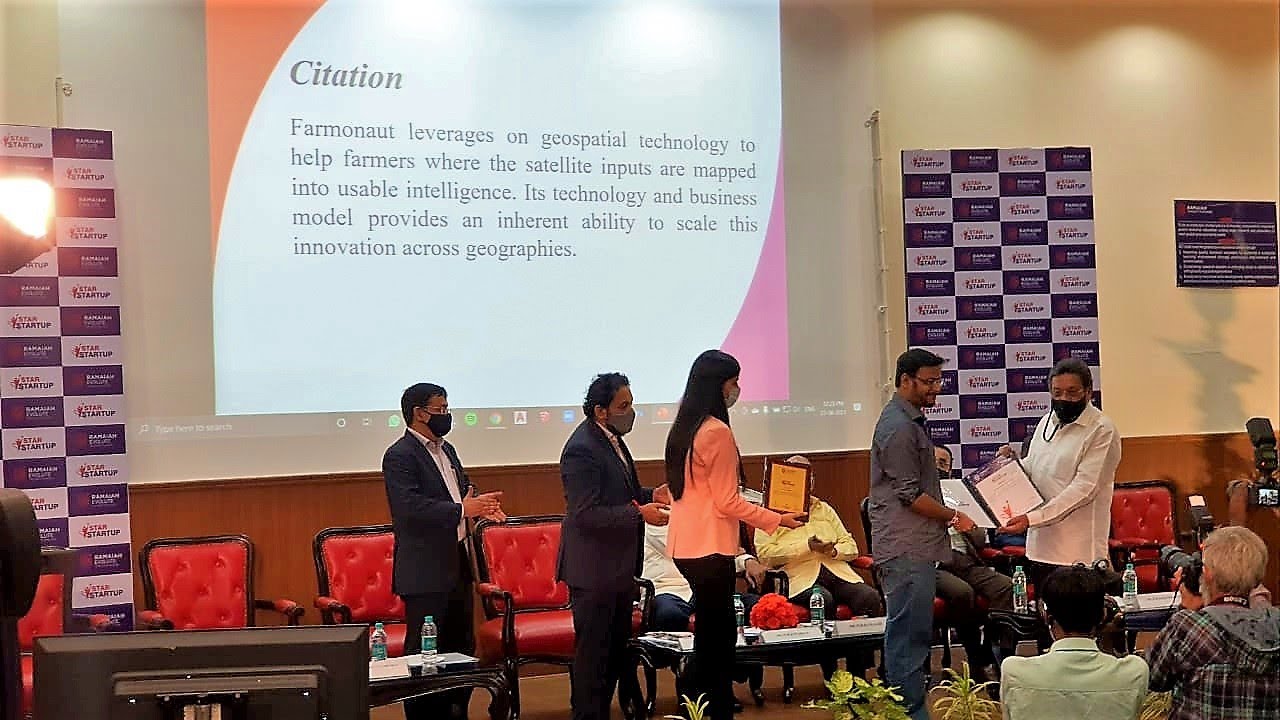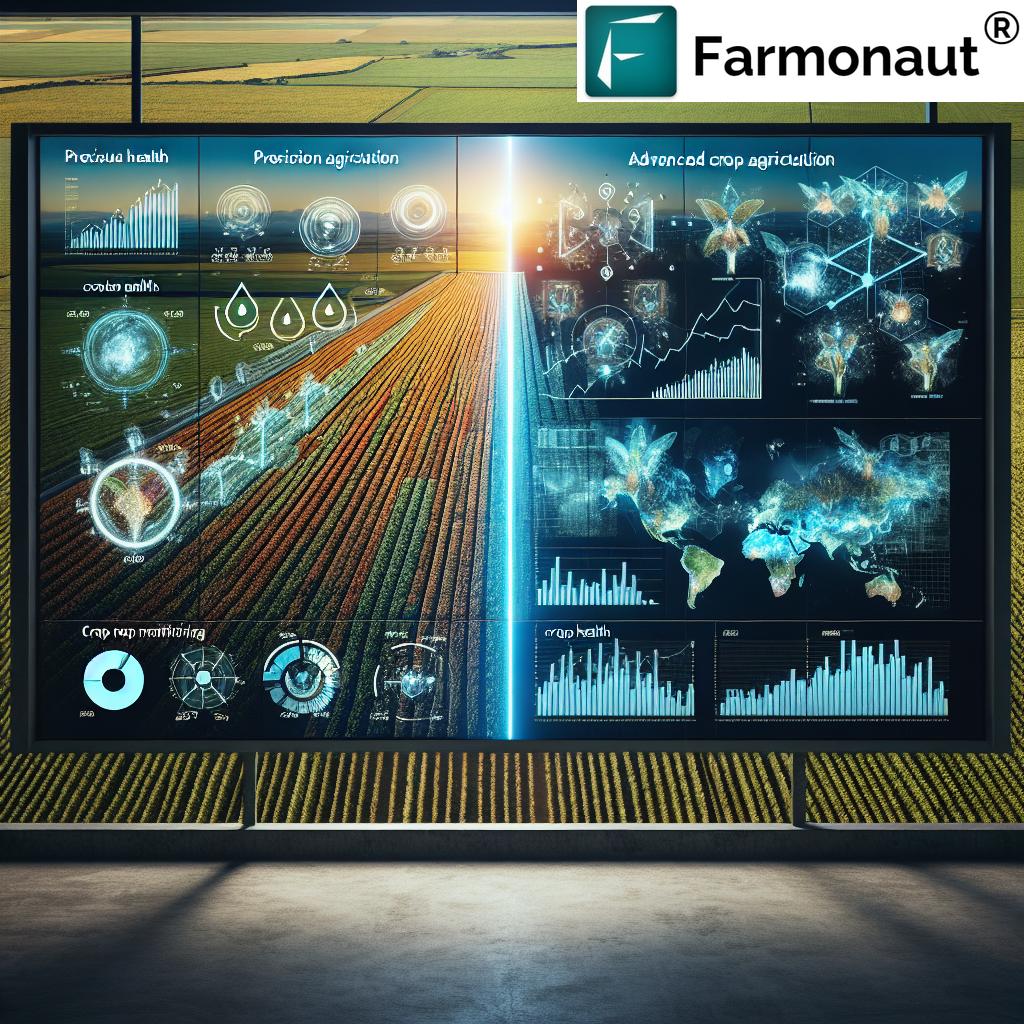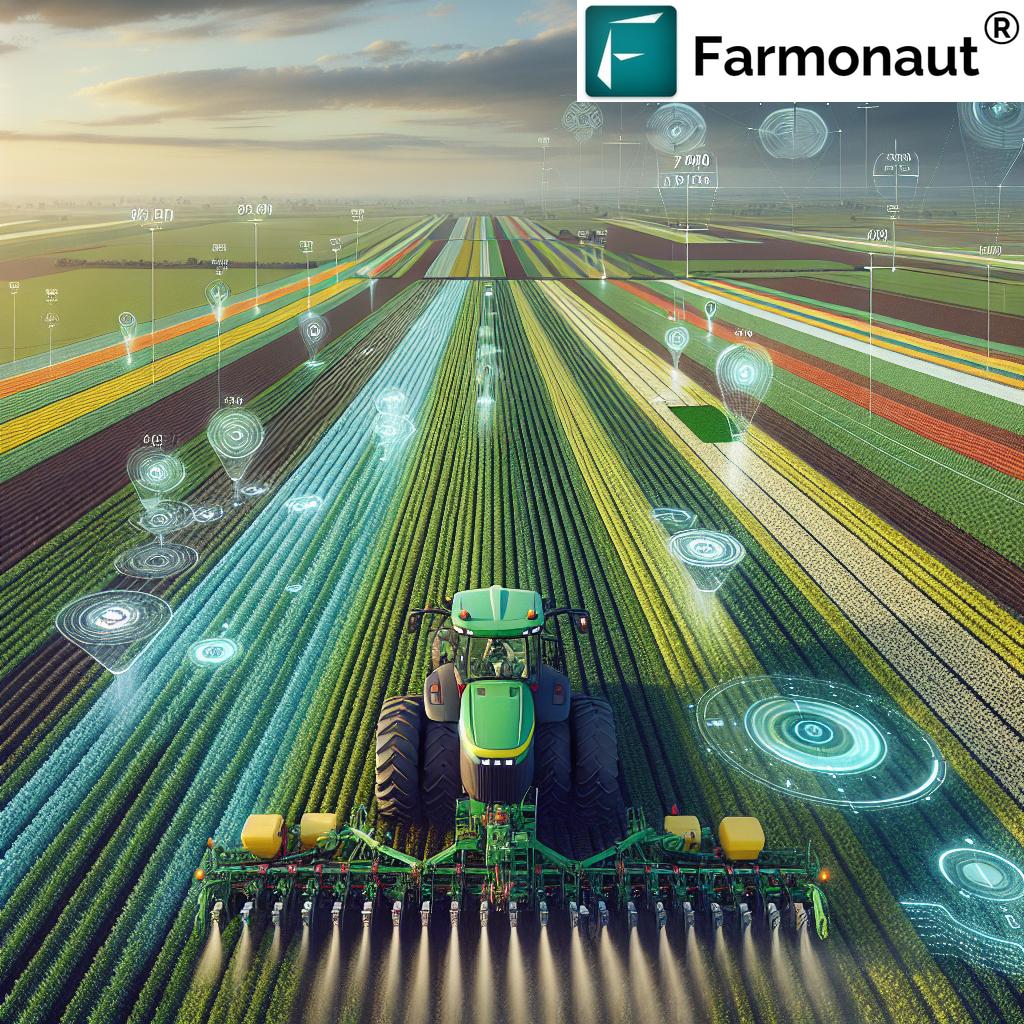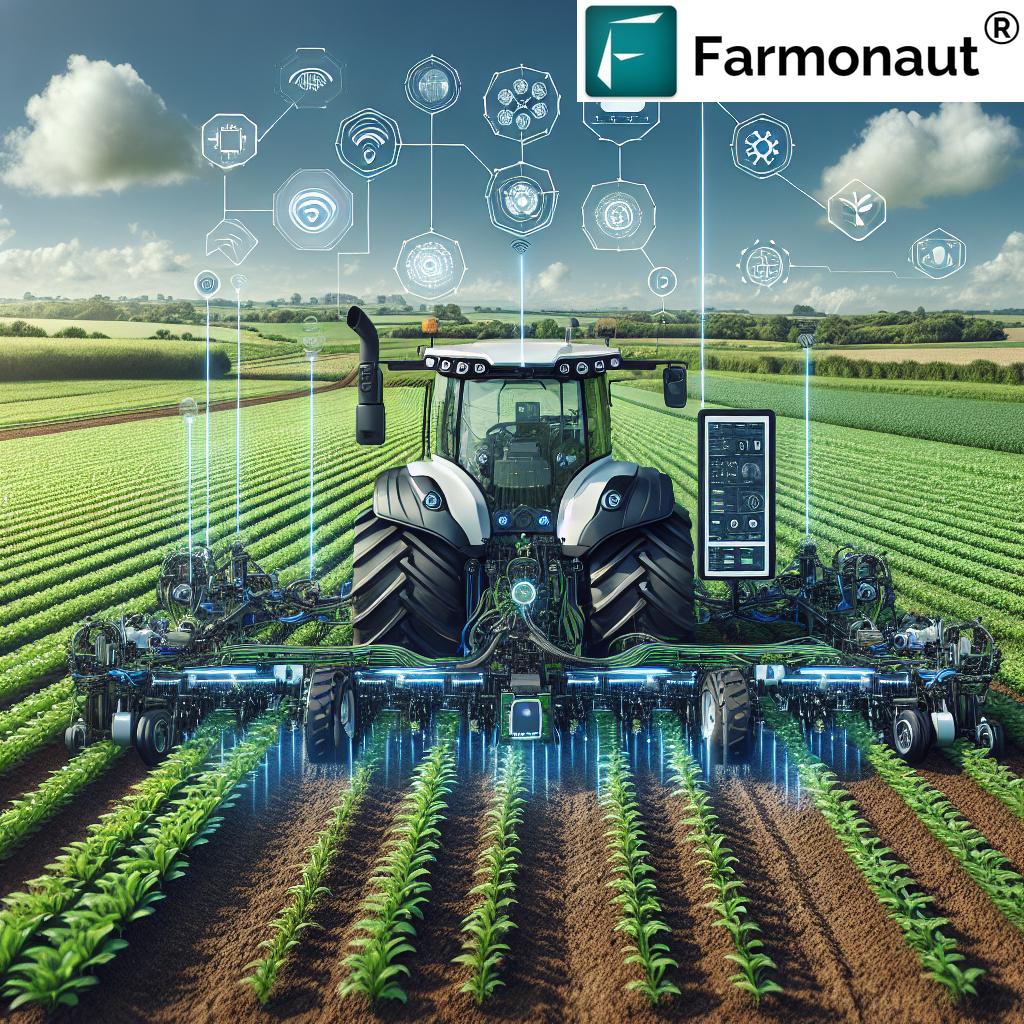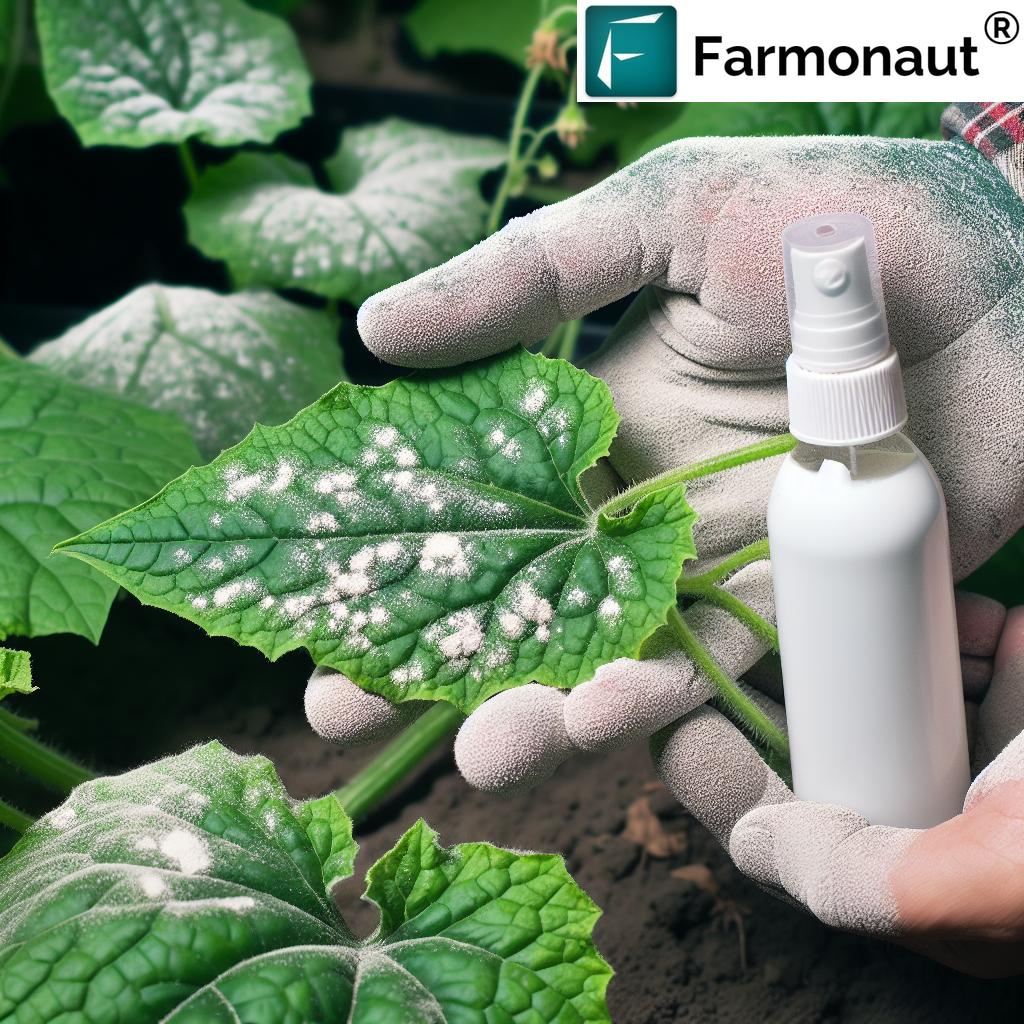Farm Equipment Telematics Market: 7 Top Trends 2024
Introduction: Unleashing the Power of Telematics in Agriculture
Farm equipment telematics has emerged as a revolutionary force in modern agriculture, reshaping how we approach data-driven farming and precision agriculture solutions. In 2024, the integration of telematics, sensors, GPS, and advanced communication systems is transforming tractors, combines, sprayers, and other agricultural machinery into smart, connected assets.
By harnessing these technologies, today’s farmers can monitor and manage equipment performance, crop conditions, and operational efficiency with unprecedented precision. This progression towards intelligent, interconnected machinery is unlocking real-time farm data analytics, fundamentally enhancing efficiency and sustainability in farming practices globally.
Market Overview: Growth and Adoption of Farm Equipment Telematics
The global farm equipment telematics market has entered a phase of significant expansion. Projections indicate a compound annual growth rate (CAGR) of approximately 12.5% from 2023 to 2028, underscoring the increasing demand for precision agriculture, enhanced operational efficiency, and sustainable farming operations worldwide.
This growth is attributed to several converging factors:
- Adoption of precision farming techniques and advanced farm management systems
- Advancements in IoT in agriculture, connecting equipment, sensors, and data streams
- Rising need for real-time analytics, remote monitoring, and automated diagnostics
- Increased focus on sustainable farming technologies and stricter regulatory compliance
- Supportive government incentives and technological innovations in agriculture
The integration of telematics in farming is now integral to driving efficiency, maximizing crop yields, and ensuring smarter resource utilization across regions such as North America, Europe, and the Asia-Pacific.
Key Drivers Fueling the Agricultural Telematics Market
Several essential drivers are accelerating the adoption and evolution of farm equipment telematics:
- Precision Agriculture:
The use of precision agriculture solutions enables farmers to optimize resource utilization, enhance crop yields, and reduce operational costs. With telematics systems, real-time data on soil conditions, weather patterns, and equipment performance is accessible, enabling data-driven agriculture practices and informed decision-making (source). - Operational Efficiency:
Telematics solutions allow for remote equipment monitoring and predictive diagnostics, facilitating proactive maintenance, minimizing downtime, and reducing repair expenses. The result is improved equipment longevity and better ROI (source). - Sustainability and Compliance:
As environmental regulations tighten, telematics systems provide farmers with actionable data to monitor fuel consumption, emissions, and resource usage, ensuring adherence to standards and supporting sustainable farming practices.
Farm Equipment Telematics Market: 7 Top Trends for 2024
Let’s dive into the seven most influential trends shaping the farm equipment telematics market in 2024:
1. Advanced IoT Integration in Agriculture
- IoT in agriculture has revolutionized data collection by integrating sensors, GPS modules, and connected devices into agricultural machinery.
- This seamless integration enables centralized management of equipment performance, crop conditions, and farm operations.
- IoT-based telematics systems transmit real-time data, supporting responsive decision-making and more efficient resource utilization.
- Connectivity challenges in rural regions are being addressed through LoRaWAN, NB-IoT, and edge computing, making telematics in farming more accessible globally.
2. AI, Machine Learning, and Predictive Analytics
- The rise of artificial intelligence (AI) and machine learning in telematics is dramatically improving the sophistication of data analytics.
- AI algorithms process vast quantities of data, identify patterns, predict equipment failures, and recommend optimal maintenance schedules, reducing unscheduled downtime.
- These predictive capabilities drive automation and enhance the efficiency of field operations, seeding, and harvesting (source).
- AI-powered advisory systems offer actionable, real-time guidance, helping farmers optimize their operations and increase yields.
3. Blockchain for Traceability and Data Security
- Blockchain technology is emerging as a powerful tool for traceability in agriculture, ensuring that data collected by telematics systems is transparent, immutable, and secure.
- It addresses growing concerns regarding data security and privacy, empowering farmers and agribusinesses to build trust across supply chains and reduce fraud.
- Blockchain-based systems provide an efficient method for documenting equipment maintenance logs, crop histories, and compliance with environmental standards (See Farmonaut Traceability).
4. Real-Time Remote Equipment Monitoring and Diagnostics
- Modern farms depend on remote equipment monitoring via telematics-enabled GPS trackers, sensors, and communication modules.
- Operators can track equipment location, fuel status, maintenance needs, and performance anomalies through cloud dashboards.
- Such systems enable proactive maintenance, reduce repair costs, and prevent operational downtime, directly improving profitability.
5. Integration with Advanced Farm Management Systems
- The integration of telematics with advanced farm management systems consolidates data from equipment, weather stations, and crop sensors.
- This unified data ecosystem enables streamlined decision-making—optimizing irrigation, guiding fertilization schedules, and alerting operators to resource wastage (Explore Agro-Admin App).
- Such solutions drive both micro and macro-level improvements in farm operations.
6. Focus on Sustainability: Carbon Footprinting and Emissions Tracking
- With more stringent environmental standards, carbon footprinting and emissions monitoring are integral to farm equipment telematics.
- By collecting accurate emission statistics, farms can both comply with regulations and implement processes that reduce overall environmental impact (Farmonaut Carbon Footprinting Solution).
- These sustainable farming technologies not only contribute to ecological preservation but also pave the way for green financing and better market access for agricultural products.
7. Fleet Management and Autonomous Equipment
- Telematics systems offer robust fleet management capabilities for monitoring the location, utilization, and maintenance of multiple machines.
- These capabilities are extending to semi-autonomous and autonomous tractors, drones, and harvesters, enabling remote operation, route optimization, and safety controls (See Farmonaut Fleet Management).
- Fleet management tools reduce operational costs, enhance scheduling, and minimize unnecessary use of assets.
Trend Comparison Table: At a Glance
| Trend Name | Technology/Innovation Involved | Estimated Market Impact (2024, % Growth) | Key Benefits | Sustainability Contribution |
|---|---|---|---|---|
| IoT Integration in Agriculture | Edge IoT devices, sensors, connected farm equipment | ~17% | Real-time equipment monitoring, data accuracy, resource optimization | Efficient use of water, fuel, and fertilizers; reduced waste |
| AI & Machine Learning Analytics | Predictive analytics, autonomous insights, decision support | ~15% | Reduced downtime, yield improvement, risk mitigation | Targeted treatment & optimized input usage lowers ecological footprint |
| Blockchain Traceability | Encrypted data storage, supply chain transparency | ~12% | Higher trust, fraud reduction, compliance | Trace low-impact produce and responsible sourcing |
| Remote Equipment Monitoring | GPS, telemetry, cloud dashboards | ~18% | Lower operational costs, faster repairs, location tracking | Less idle time means fewer emissions, improved energy management |
| Integration with Farm Management Systems | APIs, big data platforms, centralized control | ~11% | Unified data, streamlined decisions, labor savings | Optimized scheduling reduces unnecessary field passes |
| Sustainability & Emissions Monitoring | Carbon tracking, emissions sensors, reporting tools | ~13% | Environmental compliance, green certifications, market differentiation | Direct reduction in CO2, enables climate-smart farming policies |
| Fleet Management & Autonomous Equipment | Telematics, autonomous navigation, route planning | ~16% | Fewer accidents, optimal machine use, labor efficiency | Lower emissions per hectare, efficient fuel use |
Regional Insights: Global Adoption Landscape
Farm equipment telematics adoption shows marked regional variations, shaped by local technological infrastructure, government incentives, and farming practices:
- North America:
The USA and Canada dominate adoption due to tech-driven agriculture, supportive government schemes, and robust connectivity. Large-scale farms lead the way in integration and automation (source). - Europe:
Nations like Germany and the Netherlands benefit from government incentives, strong research networks, and established regulatory frameworks. These regions champion precision farming and sustainable telemetics implementation. - Asia-Pacific:
Countries such as China and India witness rapid expansion driven by vast agricultural sectors and rising tech accessibility. However, challenges like rural connectivity gaps and high initial investment costs persist, especially for smallholders.
Challenges & Restraints in Telematics Adoption
Despite its game-changing benefits, farm equipment telematics faces several adoption barriers:
- High Initial Costs:
- The upfront investment for telematics systems may deter small and medium-sized farmers or regions with limited financing options.
Satellite-powered Crop Loan & Insurance Solutions can help verify eligibility and streamline loan approvals, reducing risk for lenders.
- The upfront investment for telematics systems may deter small and medium-sized farmers or regions with limited financing options.
- Connectivity Issues:
- Lack of reliable internet access in remote areas can hamper data transmission, hurting the effectiveness of real-time farm data analytics.
- Data Security and Privacy:
- The sheer volume of agricultural data and personal information collected makes data privacy and cybersecurity a priority. It requires rigorous encryption, access control, and compliance protocols.
Efforts by technology providers and support from government agencies are vital to overcoming these hurdles, particularly for developing regions and smallholder farmers.
Competitive Landscape and Key Players
The farm equipment telematics market is characterized by both established giants and emerging innovators:
- Caterpillar: Industry leader with 1.5 million+ connected assets, offering robust off-highway telematics.
- John Deere: Integrates advanced telematics for real-time equipment analytics, enhancing operational management.
- AGCO Corporation: Provides the AGCOMMAND™ telematics platform—emphasizing deep AI-powered analytics and equipment insights (source).
- CNH Industrial: Delivers integrated telematics services for improved farm management and data-driven decision-making.
These players continually innovate through partnerships, R&D, and expansion of advanced capabilities—all to serve evolving agricultural needs.
Farmonaut: Affordable Precision Agriculture and Telematics Integration
At Farmonaut, our mission is to democratize precision agriculture and telematics solutions for farms of all scales and regions. Unlike traditional vendors relying on costly hardware installations, we focus on satellite-based crop health monitoring, AI-driven farm advisory, blockchain-enabled traceability, and fleet management tools that can be accessed via Android/iOS apps, web platforms, or robust APIs.
- Our satellite imagery technology provides accurate insights into crop health, soil moisture, and vegetative status, enabling farmers to make real-time data-driven decisions and reduce input costs.
- With our Jeevn AI Advisory System, users receive personalized guidance based on site-specific weather patterns and satellite data, enhancing productivity and efficiency.
- We deliver blockchain-based product traceability—securely logging every step from farm to consumer, supporting supply chain compliance and transparency.
- Our fleet and resource management suite helps large agribusinesses track farm machinery usage and schedule maintenance, maximizing uptime.
- Farmonaut’s carbon footprint tracking empowers farms to monitor emissions, ensure environmental standards compliance, and support sustainability goals.
We offer these technologies through a subscription model, making advanced telematics and precision agriculture affordable and accessible. Institutions, cooperatives, individual farmers, and government agencies can scale our systems to their needs—whether for large-scale management, plantation and forest advisory, or loan verification.
Developers and research organizations can plug directly into our platform using Farmonaut’s Satellite & Weather API—see the API and developer docs.
Future Outlook: The Path Forward
The future of farm equipment telematics is bright. Looking ahead, the following themes will define the market’s evolution:
- Accelerated artificial intelligence adoption—delivering even greater predictive accuracy and autonomous functionality.
- Broader integration with next-generation robotics, autonomous equipment, and decentralized field sensors.
- Increased focus on data privacy, ethical usage, and cyber-resilience within telematics architectures.
- Expansion of API ecosystems, enabling seamless integration with third-party agricultural platforms.
- Continued emphasis on cost reduction, plug-and-play homogeneity, and universal connectivity—even for smallholder farmers in remote geographies.
- Rising demand for granular environmental monitoring, empowering sustainable farming technologies and “green” certifications.
Those investing in advanced telematics solutions now will secure a head start as agriculture becomes increasingly automated, transparent, and sustainability-focused.
Frequently Asked Questions
What is farm equipment telematics?
Farm equipment telematics involves integrating sensors, GPS, and communication systems into agricultural machinery to collect and transmit real-time data on equipment performance, resource utilization, and operational metrics. This helps farmers manage, optimize, and maintain machinery efficiently.
How does telematics improve precision agriculture?
Telematics enables precision agriculture solutions by providing accurate field data—soil moisture, crop health, fuel usage, and weather conditions. This real-time analytics supports targeted irrigation, fertilization, and pest management for improved yields and sustainability.
What are the main challenges to telematics adoption in farming?
Barriers include high initial setup costs, limited internet connectivity in remote areas, and concerns about data security and privacy. Market evolution and affordable, satellite-based models, like Farmonaut’s, are helping lower these hurdles.
How can small or medium farmers benefit from telematics?
Affordable telematics platforms—particularly those leveraging satellite imagery and mobile apps—allow even modestly-sized farms to access crop insights, monitor resource usage, and improve efficiency without major upfront hardware investments.
Is Farmonaut a machinery manufacturer or input supplier?
No, we are a technology company providing advanced farm management solutions—not an equipment manufacturer, input seller, online marketplace, or regulatory authority.
Can telematics solutions help with environmental compliance?
Yes, equipment telematics can monitor fuel usage, emissions, and practice adherence, simplifying compliance with environmental regulations and supporting sustainability certifications.
Conclusion: Telematics & Technology – The Cornerstone of Smart Farming’s Future
The integration of telematics in agriculture represents one of the most profound advancements in modern farming. As we move through 2024 and beyond, smarter, connected farm equipment will become the norm—enabling farmers to expertly monitor, manage, and optimize every facet of their operations. Combined with sustainable farming practices and scalable data solutions, these technologies are not only boosting yields and efficiency but also fortifying the resilience of our food systems.
With solutions such as satellite-based crop health monitoring, AI-driven advisory, blockchain traceability, and real-time fleet optimization, we at Farmonaut are helping make precision agriculture universally accessible. The ongoing expansion in the agricultural telematics market points towards a future of highly automated, data-centric, and environmentally responsible farming—empowering growers, improving profitability, and supporting a sustainable planet.


